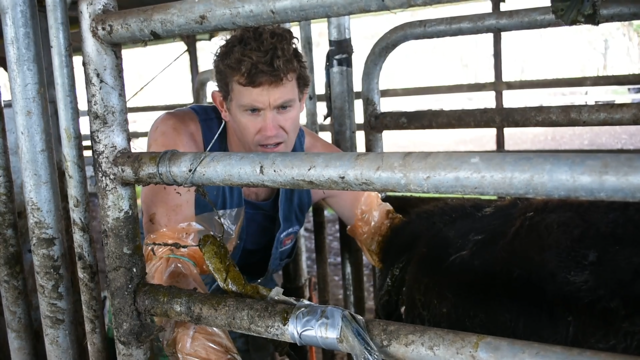Scanning ovarian function in the yearling heifers at Te Mania Angus, Mortlake, Vic, is part of the field work of the Trans Tasman Cow Productivity Project, by the Animal Genetics Breeding Unit, Armidale (AGBU), funded by the MLA Donor Company and Beef&Lamb genetics New Zealand.
The Cow Productivity Project focuses on fertility which is a key driver in the profitability of any beef herd.
Dr Craig Wood, Terang/Mortlake Veterinary is scanning to see if there is a corpus luteum on each ovary which gives an indication whether the heifers have cycled or not. He then measures the dominant follicle, and how many antral follicles are present. The trial is a study of whether there is any correlation between the number of antral follicles and future fertility and whether early cycling has a bearing on fertility.
Tom Gubbins said, “this research project will give the industry a clear understanding of the factors affecting heifer and long term cow fertility, and most importantly, will determine whether there are cost-effective ways to directly measure fertility traits in first calf heifers. The findings will help seedstock producers get the balance right in how much pressure can be put on growth and carcase traits without negatively affecting herd productivity.”
Dr Rob Banks, AGBU, said “we’ve seen some livestock industries suffer when there has been a heavy focus on selecting for production alone, with fertility being compromised”.
“We want to make sure beef producers have the tools to manage balanced breeding objectives which ensure we can get growth and carcase characteristics in calves while getting heifers in calf early and rebreeding year after year”, he said. “Our goal is to make beef herds more productive and profitable by balancing growth rates, carcase performance and eating quality, with fertility in the cow herd”.





